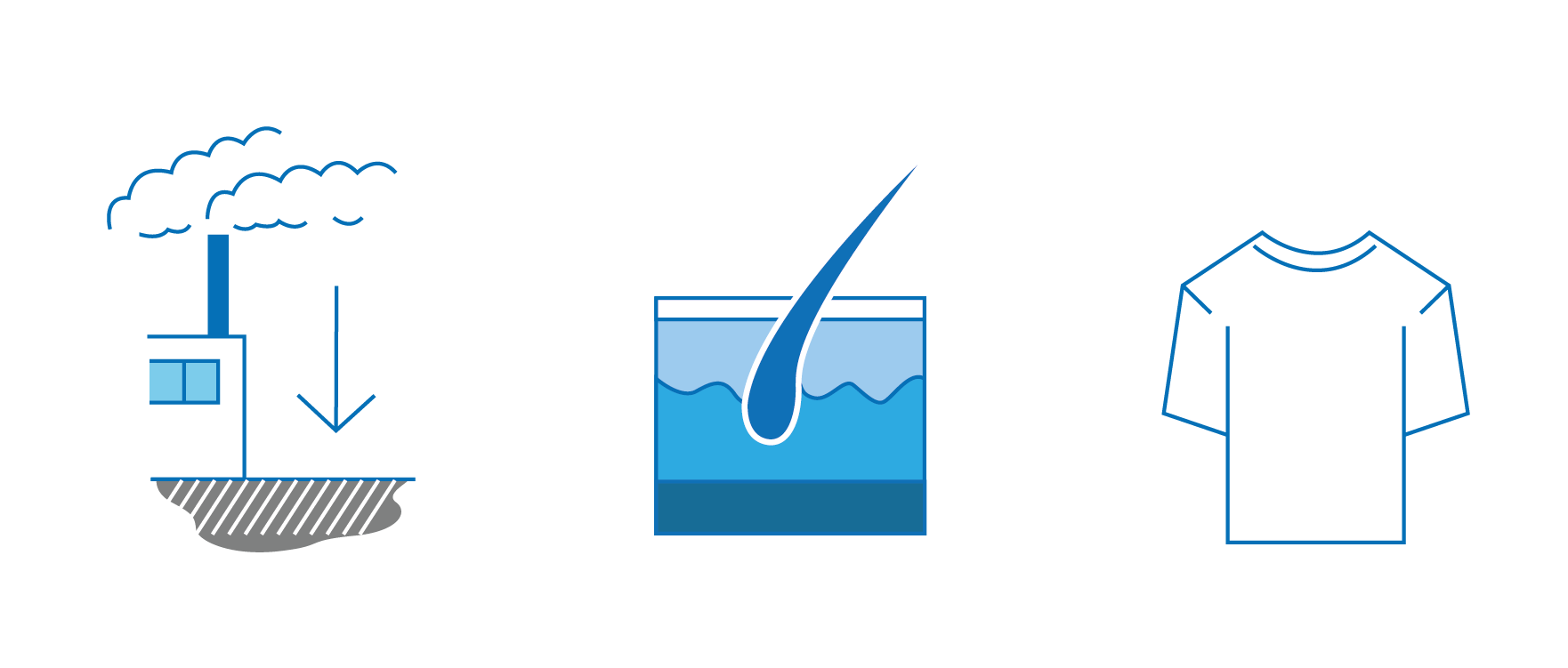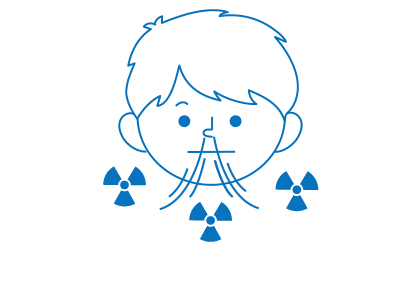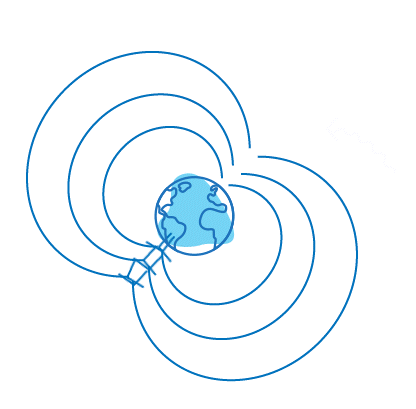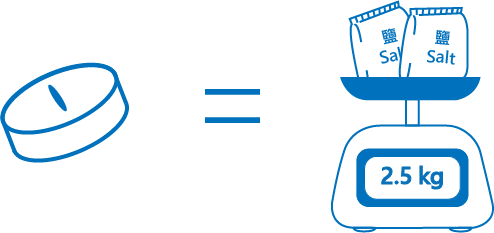

Section 4.1.Exposure pathways
Daily life
Radioactive materials can affect human body through various pathways. Some could be transported by winds or water to our surroundings and irradiate radiation to us directly or enter our body through inhalation and ingestion.


External exposure is due to irradiation of ionising radiation from radioactive sources outside the human body. Internal exposure is due to irradiation of radiation from radionuclides taken up by the human body via ingestion, inhalation and entering through skin or wounds.


Section 4.1.Exposure pathways
Plume exposure pathway
In the unlikely event of a nuclear station accident, radioactive materials released will behave like a cloud of smoke called radioactive plume, dispersing into the atmosphere by winds. An individual can be exposed to "radioactive plume dispersion pathway" as follows:
1. Cloud shine Direct irradiation from the radioactive plume.

1. Cloud shine Direct irradiation from the radioactive plume.

2. Ground shine
Direct irradiation from radioactive materials deposited on ground, skin, clothing and other objects.



3. Internal contamination of airborne radioactive materials due to inhalation

Section 4.1.Exposure Pathways
Ingestion pathway

When radioactive materials in the plume are deposited on plants, soil or water, they could enter the food chain. At first, the surface of plants and animals is contaminated. Then, body tissues could be contaminated through inhalation, intake or ingestion of radiologically contaminated nutrients. The degree of contamination will decrease over time.
People can consume those substances directly or indirectly. Indirect consumption means the consumption of animal (including fish) products of which the animals might have consumed radiologically contaminated substances themselves before.

People can consume those substances directly or indirectly. Indirect consumption means the consumption of animal (including fish) products of which the animals might have consumed radiologically contaminated substances themselves before.
Section 4.2.Cosmic radiation
The Earth's atmosphere protects us from exposure to cosmic rays. Before they reach the Earth's surface, the cosmic rays are blocked by the atmosphere and lose some of their energy. Therefore, the intensity of cosmic radiation generally increases with altitude.

Since most of the particles in cosmic rays are charged, the Earth's magnetic field tends to steer them towards the north and south poles. Hence cosmic radiation dose generally increases with latitude. As a result, air travel over high latitude regions and polar regions will be subjected to a higher level of radiation.

.gif)
Section 4.3.Radiation rumors
Can eating salt or applying iodine solution onto the body surface prevent or treat radiation-related injury?

There is no scientific evidence that eating salt or applying iodine onto the body surface can prevent or treat radiation-related injury. 85% of salt available in Hong Kong is not iodized and the iodine content of iodized salt is low. Moreover, one has to take about 2.5 to 5 kilograms of iodized salt a day in order to absorb the equivalent dose of iodine that is contained in an iodide tablet. On the contrary, consuming an excessive amount of salt is harmful to health especially for those with high blood pressure, heart disease or kidney disease. Applying iodine solution onto body surface may cause skin irritation.
(Reference: https://www.dh.gov.hk/faq_eng.html)

(Reference: https://www.dh.gov.hk/faq_eng.html)
Can contaminated persons spread contaminants to other people?
 Unlike infectious pathogens, radiological contamination is usually not transmissible and does not increase over time. On the contrary, the contamination can be reduced significantly over time after radioactive decay and applying basic personal hygiene measures.
Unlike infectious pathogens, radiological contamination is usually not transmissible and does not increase over time. On the contrary, the contamination can be reduced significantly over time after radioactive decay and applying basic personal hygiene measures.
